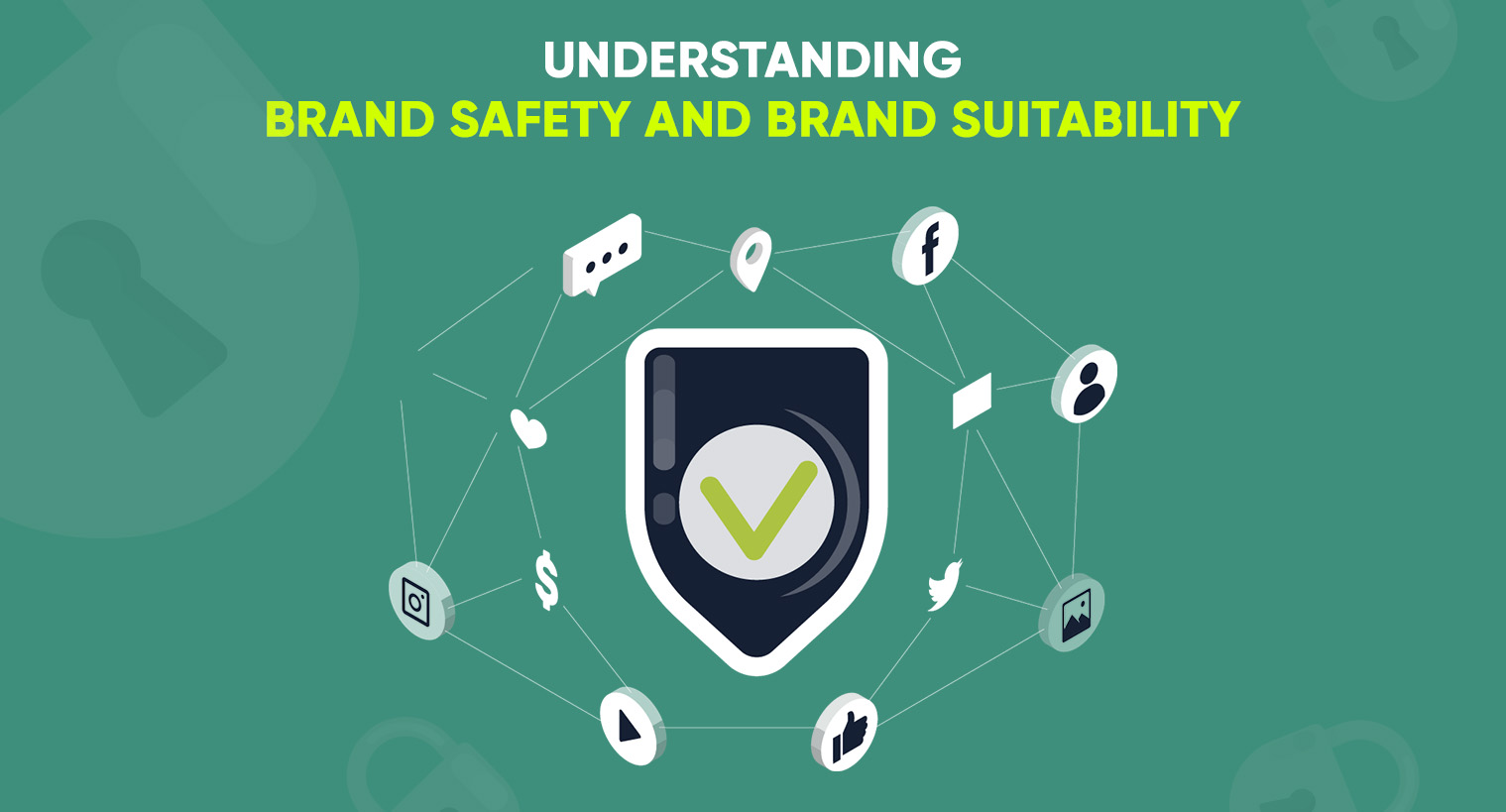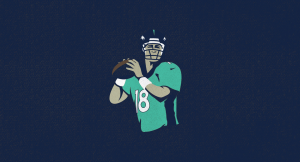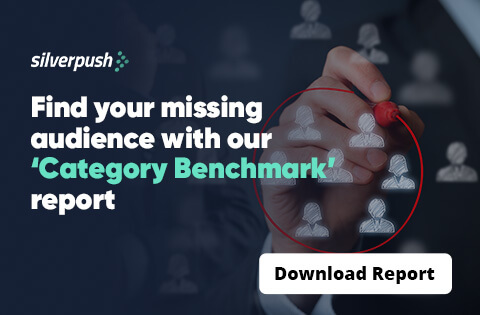7 Best Practices to Ensure Brand Safety on Different Channels | 02 Jun, 2022

In today’s digital era, brand safety has become a major point of concern for marketers. From fake news to questionable content, marketers need to be more cautious in navigating their media supply chain.
Brands like Sonos and Cisco recently had to withdraw their ads due to brand safety concerns and these are just two examples among hundreds of marketers. Not surprisingly, social media has also made it even more likely that brands getting displayed alongside inappropriate content will be called out soon. Every misconduct is now under the spotlight, instantly challenging a company’s reputation. So how is the digital industry dealing with it?
To explore deeper into the scenario of brand safety, let’s have a look at the happenings. Most advertisers are taking the necessary actions to ensure the integrity of their brands. But there’s much more that can be done to overcome the challenge of brand safety.
Brand Safety Concerns Are Rapidly Increasing
According to a research, the majority of advertisers—99%—worry about whether their ads will show-up in a brand-safe environment or not. Also, 58% of advertisers are more concerned about brand safety comparative to the last year.
Best Practices to Ensure Brand Safety
As an advertiser, it is crucial that you take actions to keep your brand safe. Incorporating a brand safety verification to your campaign will help you protect your brand online. Here are few things that you can begin doing today to ensure your brand remains safe.
Determine what brand safety means for you
The IAB and few other firms have outlined the industry-standard definition of brand security. But it is important that you establish your own definition. This is vital because brand safety is subjective.
Make the list of toxic content because what could be taboo for your brand may be okay for another. For example: A gaming firm may have different contextual tolerances compared to a children’s E-app producer.
Establish Transparency
You are required to know where your banners are served. And you should know where your money is spent in the ad supply. Without this information, your advertisement budget may go out of control, you cannot make good decisions, and you are vulnerable to fraud.
One way in which companies can take ownership over their ad buying strategy is via in-house initiatives.
Hire a Reputable Programmatic Agency
Make sure you select an agency or programmatic platform that you can rely on. It is one of the most crucial steps you can take to ensure brand safety. Perhaps choosing a programmatic platform is critical.
Opt for a Premium Inventory
If brand safety is a major priority for your brand, you should be choosing premium inventory only. This alternative is costlier than blind bidding, for example. But you will be ensuring that your ads do not end up on unsafe platforms or web pages.
Ignore Blacklisted Publishers
This step might seem like an obvious one, but blacklisted publishers sometimes seem attractive. Especially with their low prices and fake marketing. However by hiring a blacklisted publisher you are putting your company in danger. So, avoid them.
Use Insights to Monitor Campaigns in Real-time
To increase the impact on your audiences, use real-time data to know where your ads are appearing. If you see your brand safety getting compromised then take action in real-time. By using insights you can transform any targeting or setting related with your campaign.
Look at Third Party Data
If brand safety is means something to you, then look at firms that offer third-party verification. Few firm offer to check pages and sites before publishing. Making sure your ads aren’t appearing on sites, pages, or near any unsafe content.
Conclusion
The huge takeaway from the article: advertisers are concerned—and media buying partners and ad-buying platforms need to focus on brand safety.
In order to avoid risk, partners need to take more effective steps such as manual and automated vetting, installing whitelists/blacklist capabilities, including pre-bid filter systems, bringing on third-party providers and making a comprehensive takedown policy. Social media platforms have the most work to do as these platforms mainly rely on user-generated content—making brand safety much more challenging to manage.

BLOGS
Super Bowl Advertising: A Month-Long, Multi-Screen Event for Brands
For Americans, there are two events that they hyped for a whole year - Football season, and waiting for football season. Football remains highly popular among Americans, with searches for "NFL Draft" and viewership numbers showing an unwavering interest in the sport. According to Google Search data, football is more ...

BLOGS
Advertising in the Age of Climate Change: The Adoption of Carbon Emission Metrics
The urgency of the climate crisis is increasing, and the media industry is no exception. While some professionals are working to reduce their direct operational emissions, there is an urgent need for common standards to be set for indirect emissions that come from digital advertising. The digital advertising industry is becoming ...

BLOGS
Complete Guide to Reaching Audience with Cookieless Advertising
What’s your alternative game plan for effective cookieless advertising? Haven't thought about it yet? The time is now! Introduction The complete year of 2022 was dedicated to cookies! Panic is setting in amongst marketers owing to mounting privacy laws and the ban on cookies, causing them to re-evaluate their strategies.







